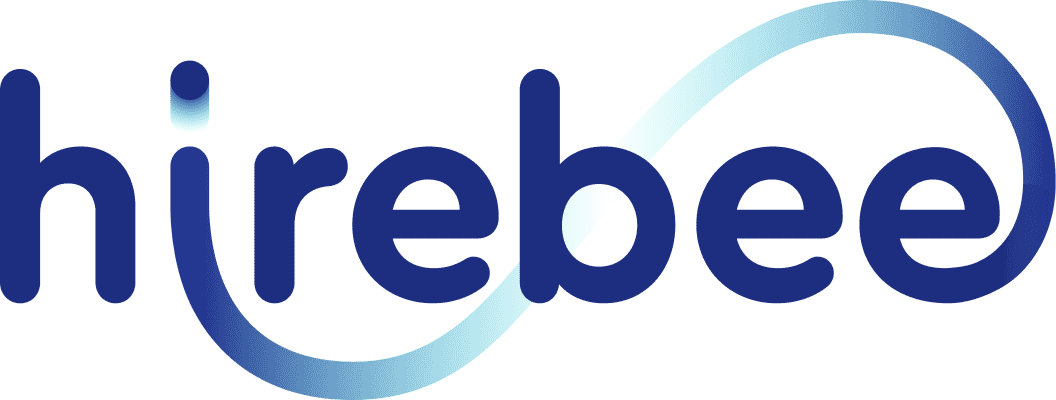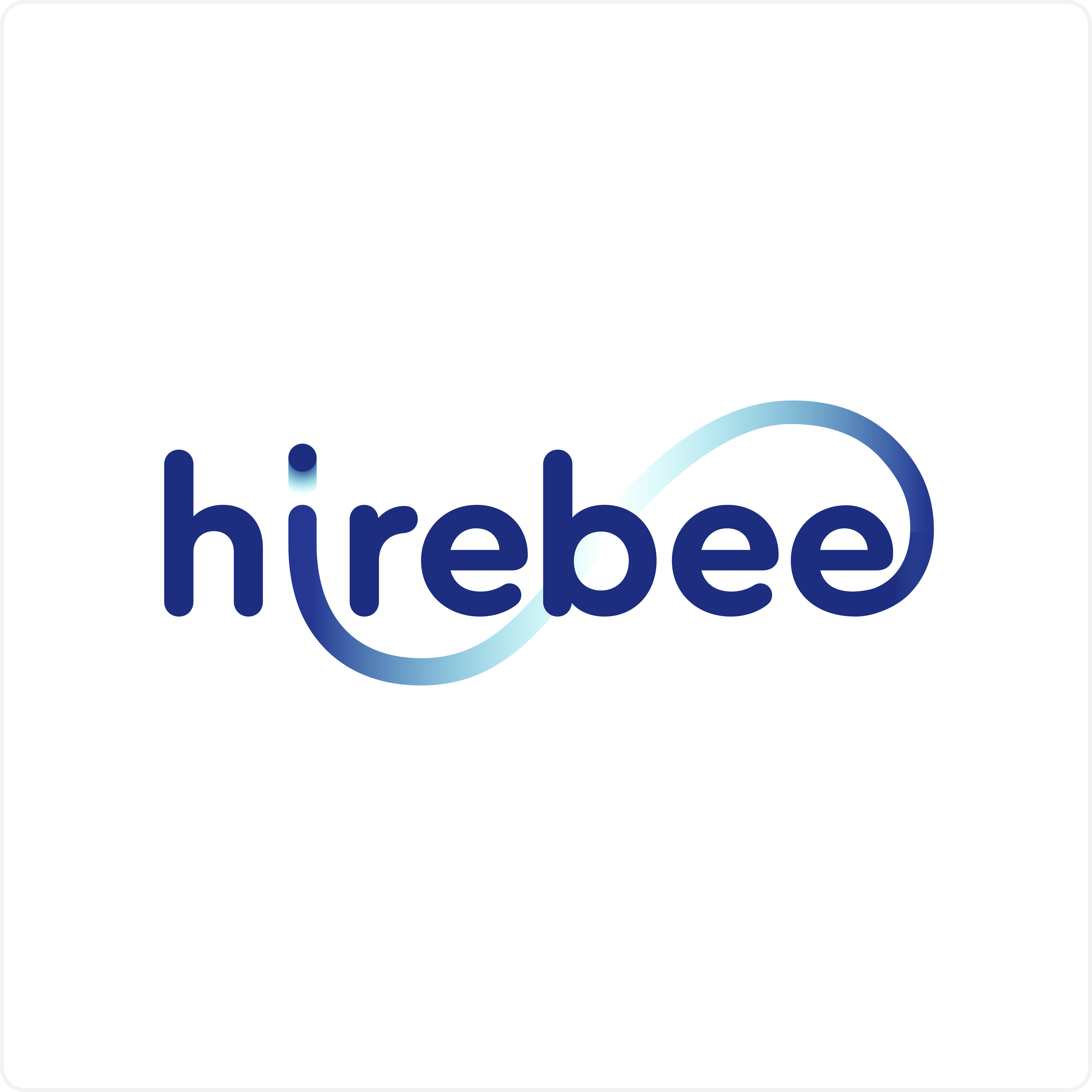Efficient recruitment processes serve as a linchpin in today’s competitive business landscape, where talent acquisition has a direct impact on an organization’s success. Within this realm, two critical metrics, “Time to Hire” and “Time to Fill,” hold paramount importance. While often used interchangeably, these metrics bear distinct implications for recruitment strategy and organizational performance.
“Time to Hire” measures the interval between a candidate’s application and their acceptance of an offer, reflecting the speed of the hiring process. Conversely, “Time to Fill” accounts for the period from job requisition to the candidate’s first day on the job, encompassing a broader scope of activities. This paper aims to dissect these metrics, elucidating their definitions, calculation methods, and underlying factors. By understanding the nuances of “Time to Hire” and “Time to Fill,” HR professionals can fine-tune their strategies, striking a seamless balance between efficiency and quality in the recruitment process.
Table of Contents
ToggleRecruitment Metrics: An Overview
Recruitment metrics serve as essential tools in human resources management, providing valuable insights into the efficiency and effectiveness of the hiring process. These quantitative measures offer a data-driven perspective that aids HR professionals in making informed decisions to enhance recruitment strategies. By evaluating various aspects of the recruitment journey, these metrics enable organizations to optimize their processes and ultimately secure top-tier talent.
Within this landscape, two fundamental metrics, “Time to Hire” and “Time to Fill,” play a pivotal role. “Time to Hire” refers to the duration between a candidate’s application and the acceptance of an offer, focusing on the speed of the selection process. In contrast, “Time to Fill” encompasses the entire journey from a job opening to the candidate’s first day, accounting for factors such as sourcing, interviewing, decision-making, and onboarding. While both metrics deal with time, they offer distinct perspectives—one emphasizing efficiency and the other encompassing the holistic hiring experience.
This paper aims to delve into the nuances of these crucial recruitment metrics, shedding light on their calculation methodologies, factors that influence them, and their implications for organizational success. By understanding the significance of “Time to Hire” and “Time to Fill,” HR professionals can fine-tune their recruitment strategies, striking the right balance between expediency and candidate quality.
Time to Hire: Exploring the Metric
Time to Hire is a pivotal recruitment metric that measures the duration between the initiation of the hiring process and the final acceptance of a job offer by a candidate. This metric provides valuable insights into the efficiency of various recruitment stages, encompassing sourcing, screening, interviewing, decision-making, and onboarding. Calculated by summing up the time spent at each stage, Time to Hire reflects the overall agility of the hiring process and offers a clear picture of the organization’s ability to swiftly identify, engage, and secure top talent.

Factors influencing Time to Hire include the effectiveness of sourcing strategies in attracting suitable candidates, the rigor of screening and interviewing procedures, the responsiveness of decision-making and approval protocols, as well as the efficiency of onboarding processes. A shorter Time to Hire can indicate a streamlined and well-coordinated recruitment operation, while a protracted duration might highlight potential bottlenecks or areas for improvement. By comprehending the intricacies of Time to Hire, organizations can optimize their recruitment strategies to attract and onboard the best candidates efficiently.
Time to Fill: Delving into the Metric
Time to Fill (TTF) stands as a pivotal recruitment metric, offering insights into the efficiency of an organization’s hiring process. This metric quantifies the duration between the initiation of a job opening and the final placement of a candidate. Calculated by summing the time spent on various stages, including sourcing, screening, interviewing, and decision-making, TTF provides a comprehensive overview of the recruitment timeline.
The calculation methodology for TTF involves recording each stage’s time span and aggregating them. Factors influencing TTF are multifaceted, ranging from external market conditions and talent availability to internal complexities such as the nature of the role and the efficiency of the internal processes. Organizations operating in competitive talent markets often experience longer TTF due to the scarcity of suitable candidates, while those with convoluted internal procedures may encounter delays.
Understanding the dynamics of TTF is critical for HR professionals aiming to optimize their recruitment processes. A prolonged Time to fill can lead to detrimental outcomes, including reduced workforce productivity, increased workload for existing staff, and potential business disruptions. Therefore, examining the intricacies of TTF and identifying areas for improvement can guide strategic decisions to strike a balance between efficient hiring and ensuring the right candidate fit, ultimately contributing to the organization’s overall success.
Comparative Analysis of Time to Hire and Time to Fill
Recruitment efficiency is a critical determinant of an organization’s success. The comparative analysis of “Time to Hire” and “Time to Fill” metrics sheds light on distinct aspects of the hiring process. While “Time to Hire” measures the duration from posting a job to extending an offer, “Time to Fill” encompasses the entire process from job posting to the candidate’s first day on the job.
Understanding the nuances of these metrics is crucial for informed decision-making. A faster “Time to Hire” may lead to quicker placements, but it could compromise the quality of candidates hired. Conversely, a prolonged “Time to Fill” might indicate thorough candidate evaluation, but it may also result in missed opportunities and increased costs. Striking the right balance between the two metrics is essential for a holistic recruitment strategy.
Influence of market conditions, role complexity, and internal processes affect both metrics differently. By comparing and contrasting these metrics, organizations can tailor their approaches to achieve optimal results. Ultimately, achieving an efficient recruitment process requires a nuanced understanding of “Time to Hire” and “Time to Fill,” recognizing their interplay, and aligning them with organizational objectives to secure top-tier talent effectively and expediently.
Importance of Efficient Recruitment Processes
Efficient recruitment processes play a pivotal role in the success of organizations across industries. Swift and effective hiring not only ensures that vacant positions are filled promptly but also delivers numerous organizational benefits. First and foremost, minimizing the Time to Hire and Time to Fill metrics leads to increased productivity by swiftly injecting new talent into teams, enabling seamless workflow continuity. This, in turn, prevents work bottlenecks, reduces strain on existing staff, and enhances overall operational efficiency.

Furthermore, rapid recruitment helps companies remain competitive in dynamic markets. The ability to quickly secure top-tier candidates enables organizations to capitalize on emerging opportunities and respond agilely to shifting business landscapes. Conversely, prolonged vacancies may result in missed business prospects, causing potential revenue loss and hampering growth potential.
Efficient recruitment practices also contribute to a positive employer brand and candidate experience. A streamlined and transparent hiring process fosters goodwill among prospective employees, enhancing their perception of the company. Conversely, delays and ambiguities may lead to candidate frustration and withdrawal, potentially tarnishing the organization’s reputation.
In essence, the importance of efficient recruitment processes extends beyond mere operational efficiency – it directly influences a company’s ability to remain competitive, capitalize on opportunities, and foster a positive image in the talent market. To achieve these benefits, organizations must strategically balance the Time to Hire and Time to Fill metrics while ensuring that quality and fit remain uncompromised.
Strategies for Improving Time to Hire and Time to Fill
To enhance recruitment efficiency, several strategic approaches can be employed. First, optimizing sourcing channels by leveraging digital platforms, social media, and professional networks can expedite candidate discovery. Second, refining candidate screening and assessment methodologies through skill-based evaluations and behavior-oriented interviews can expedite the selection of suitable candidates. Third, streamlining internal approval workflows by setting clear decision-making timelines and responsibilities can eliminate bottlenecks. Additionally, integrating technology and automation tools for application tracking and interview scheduling can expedite administrative tasks. Employing these strategies not only reduces Time to Hire and Time to Fill but also ensures a more efficient allocation of resources. By aligning these efforts with the organization’s objectives and staying attentive to candidate experiences, HR departments can achieve a balance between swift hiring and selecting the best-fit candidates for sustained business growth.
Real-World Case Studies
Company A: Streamlining Processes for Reduced Time to Hire
Company A implemented a comprehensive overhaul of its recruitment processes, embracing automation and digital tools to enhance efficiency. By refining candidate sourcing methods, integrating AI-powered screening, and expediting internal approval workflows, they significantly reduced Time to Hire. This improvement not only accelerated the hiring process but also maintained candidate quality, showcasing the potential of strategic process optimization.
Company B: Balancing Quality and Time to Fill
Company B faced a unique challenge where rapid hiring was essential, yet maintaining candidate quality was paramount. By leveraging a hybrid approach, blending targeted sourcing, rigorous assessment, and close collaboration between departments, they achieved a commendable equilibrium between Time to Fill and candidate suitability. This case underscores the delicate balance that organizations must strike when navigating the complex interplay between efficient hiring and preserving hiring standards.
The Role of Candidate Experience
In the realm of recruitment metrics, the often overlooked yet paramount aspect is the candidate experience. Prolonged hiring processes can exert an adverse influence on how potential talent perceives an organization. Candidates subjected to extended Time to Hire and Time to Fill metrics may develop a sense of frustration, disillusionment, or even lose interest altogether. A negative candidate experience not only tarnishes an employer’s brand reputation but also hinders the acquisition of top-tier talent.

To mitigate these repercussions, organizations must strategically prioritize candidate experience within their recruitment framework. Effective communication, transparent timelines, and personalized interactions are crucial elements that can help maintain positive candidate sentiments throughout the hiring journey. Furthermore, a streamlined and efficient hiring process not only reduces the Time to Hire and Time to Fill metrics but also reinforces a positive perception of the organization.
By recognizing the pivotal role of candidate experience in the recruitment process, HR professionals can forge stronger connections with potential hires, enhance the company’s overall image, and secure the best-suited candidates. Striving for a harmonious equilibrium between efficient hiring timelines and an impeccable candidate experience will be instrumental in not only filling roles swiftly but also nurturing a pipeline of engaged and enthusiastic talent.
Conclusion
In conclusion, grasping the nuances of “Time to Hire” and “Time to Fill” metrics is pivotal for enhancing recruitment efficiency. Striking the right balance between swift hiring and quality talent acquisition holds the key to organizational success. As market dynamics evolve and technological advancements shape the recruitment landscape, HR professionals must adapt, employing streamlined processes, candidate-centric approaches, and data-driven strategies. By optimizing these crucial metrics, businesses can align their recruitment goals with broader objectives, ensuring a competitive edge in the ever-evolving talent market. It is imperative for the HR community to embrace these insights and drive impactful changes in their recruitment practices.









